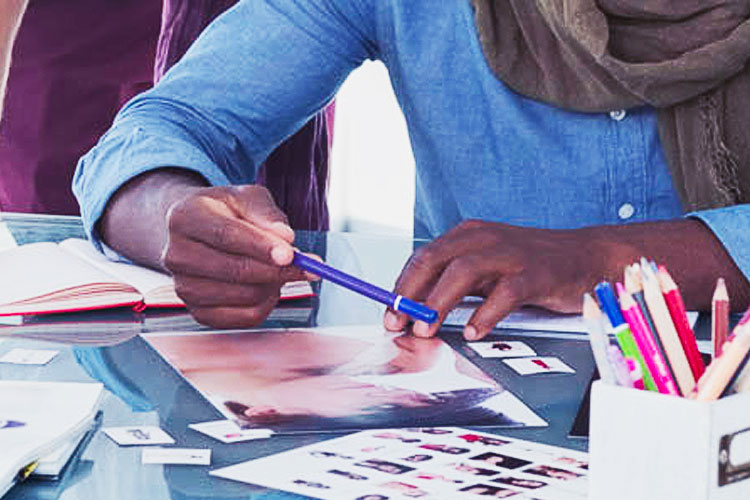Two important aspects of Design Education; often overlooked in a Digital Era
Published: 3 August, 2017
Categories: General


Peter Harrison is a Product Designer and Lecturer, turned Online Courseware Developer for the Inscape Education Group. Peter presented his research based Masters study on agricultural compost processing, using a human-centered design approach at the Cumulus Virtuous Circle conference held in Milan 2015.
I would like to share my personal approach to contemporary design education, two fundamental aspects about design are discussed here. Firstly, I consider that ‘Responsible product design is a team sport’ and collaborating well with others is essential for meaningful socially oriented design outcomes. Design has matured in that designers are no longer seated in ‘ivory’ towers dispensing prescriptions to answer difficult problems.
Largely nowadays a far more people friendly participatory approach has been found to work, but his does require designers (including students) entering the frontline of whatever issues they are attempting to address. This translates to getting out of classrooms, observing the world and people in it, and actively seeking opportunities for meaningful design interventions.
‟Being able to experiment with structure, shape and form is an integral part of understanding any tangible design characteristics” -Peter Harrison
Secondly, I have found that, art and design learners need ample opportunities for experimentation in the effective education of design. Design is an iterative process of trial and error (heuristic) and some of the best quality learning happens through making mistakes in a controlled and safe learning environment. For this to occur, learners need amongst other things, access to a manageable space, where they are able to make relevant noise, mess and dust. By using hand held tools, three-dimensional design learners (interior, product, fashion and architectural) are able to develop a feel for the characteristics of different materials. This is necessary in order to gain the knowledge of materials that then allows for explorative design conceptualisation leading to better envisioning and ultimately improved specification.
Being able to experiment with structure, shape and form is an integral part of understanding any tangible design characteristics. Whether this be the movement of a new dress fabric or the strength of an arch made with matchsticks. This can be achieved for example, through students practicing fabrication or pattern and mould making. Working with tools also allows for the critically important, tactile ‘hands-on’ element of learners’ awareness of both the material and manufacturing processes limitations and possibilities. In short, I teach learners that design thinking is more to do with design doing whilst thinking , than just so called ‘design thinking’. This design doing happens outside our classrooms on one hand, and by design students getting their hands dirty – regularly – on the other.
This contribution was inspired by the thoughts and writings of Otto Salomon, the famous Swedish educator and proponent of the Sloyd approach to education.